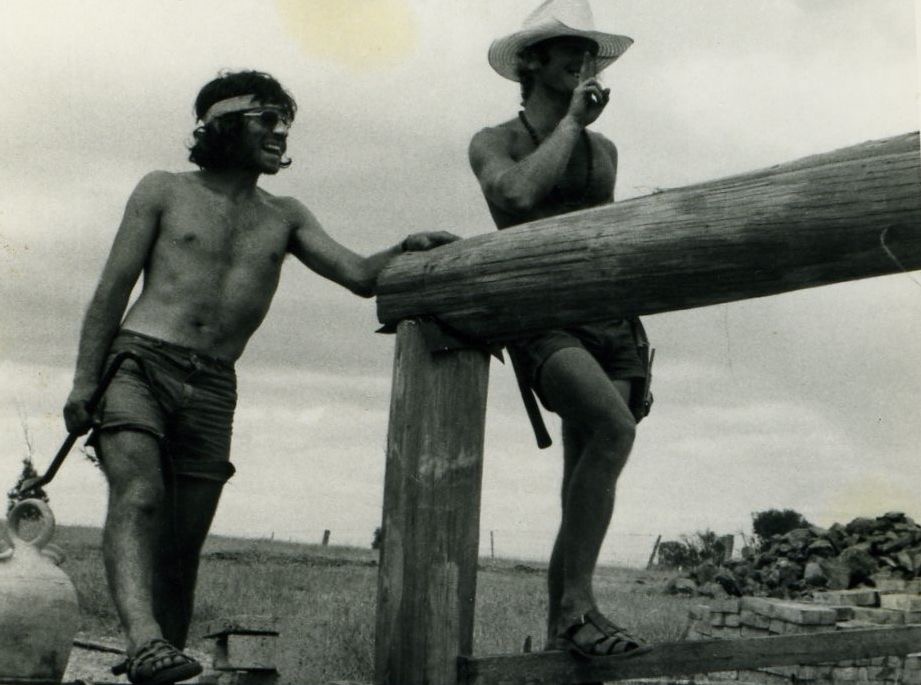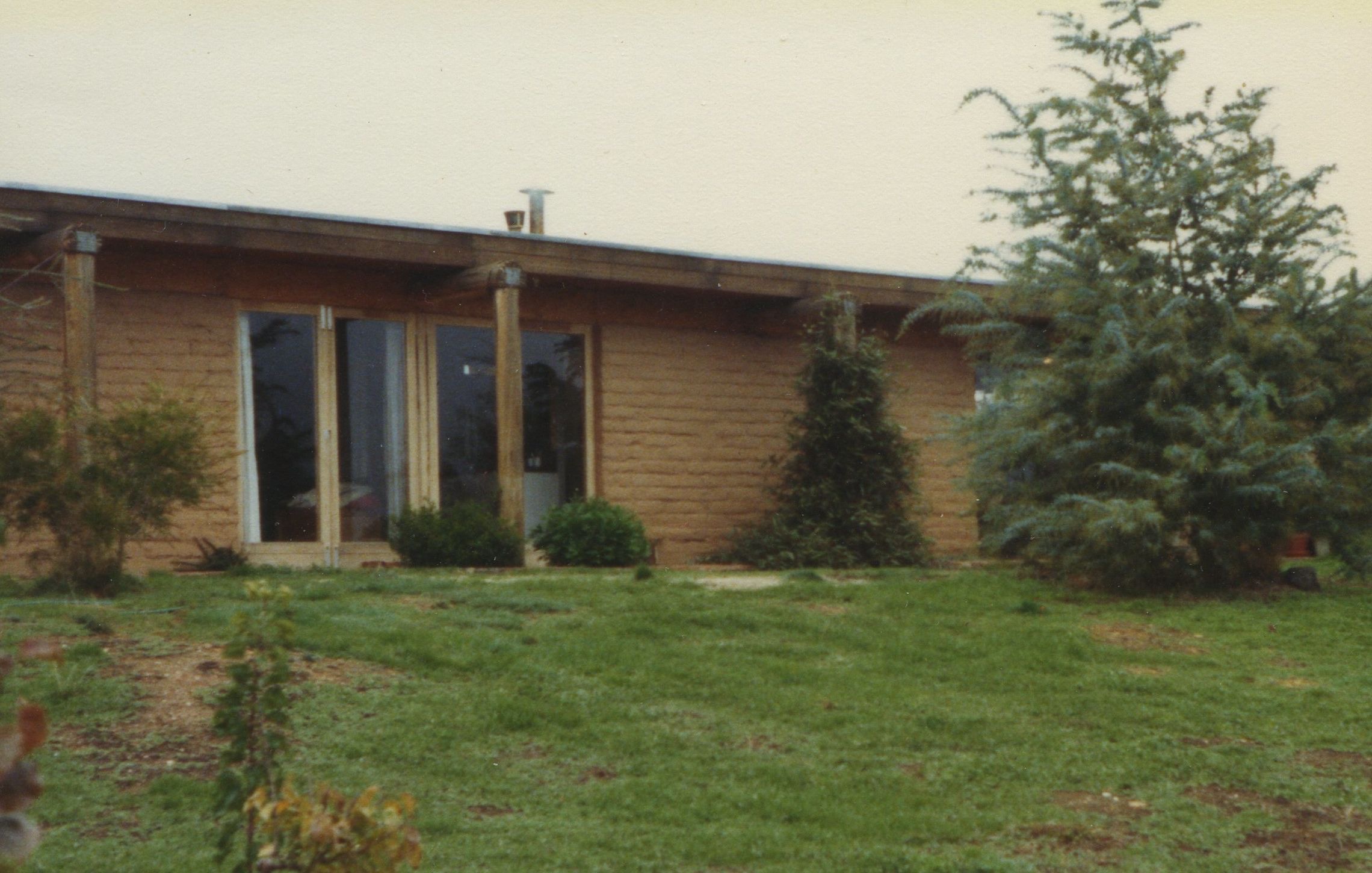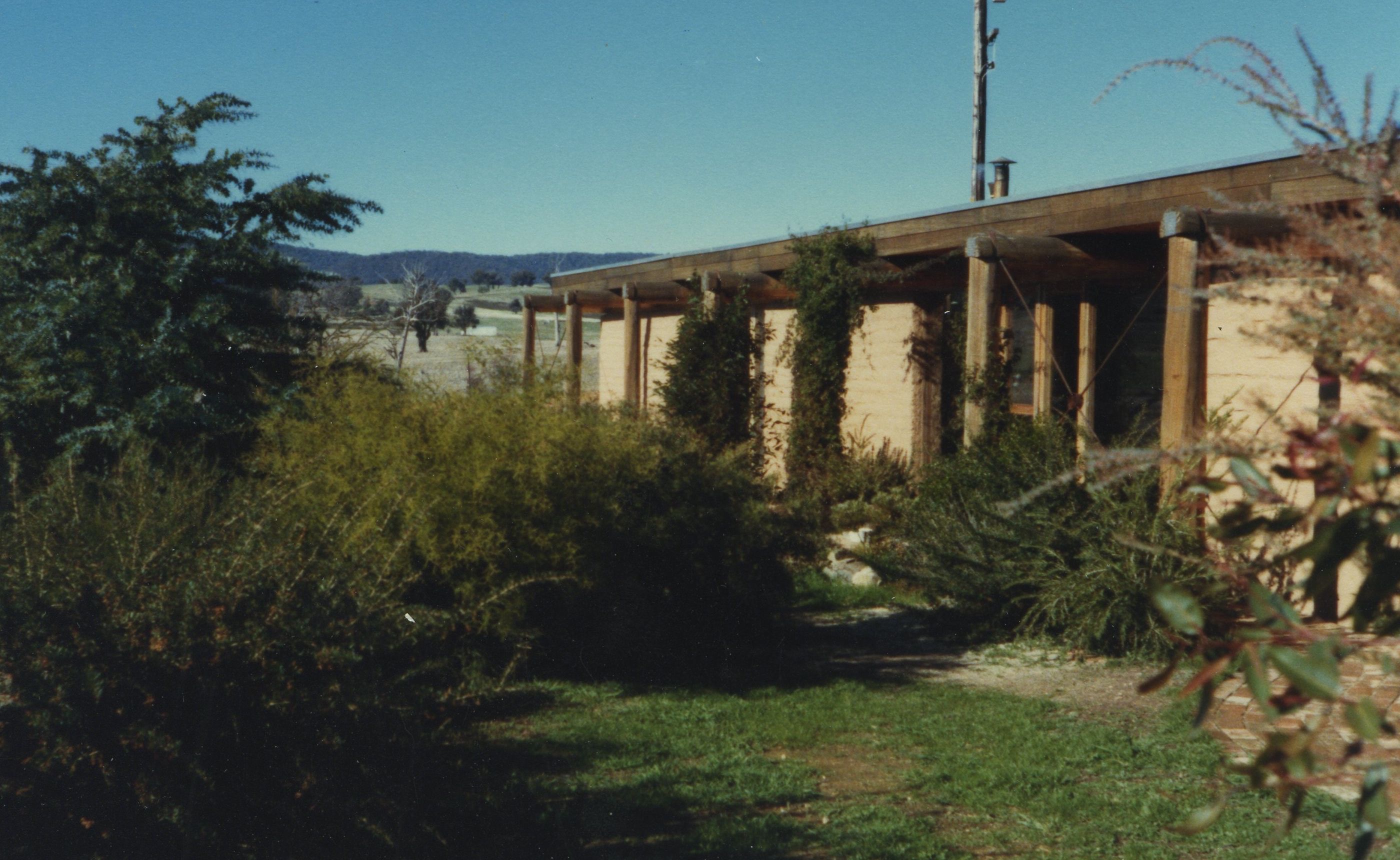chainsaw
A tool for creation or destruction?
The modern petrol powered chainsaw originated in the late 1700’s as a hand-cranked device used by surgeons to cut through human bone. During the 1920s however, a German inventor called Andreas Stihl adapted it to become what he called a ‘tree felling machine.’ After the Second World War the lightweight, high-speed petrol-driven chainsaw quickly came into use all over the globe for timber clearing and fire-fighting.
Today the chain-saw is a ubiquitous tool, but an ambiguous symbol. On the one hand it has greatly enlarged the food-growing capacities of small farmers in Africa, Latin America, South East Asia, North America and Australia. Yet here and elsewhere it has also facilitated the corporate-driven global destruction of forest lands for cash crops, furniture or fossil fuel mining on a scale that threatens the survival of peoples, animals and eco-systems all over our planet. Its portability and capacity to tear through flesh and bone has also made an attractive weapon for inflicting death within Hollywood blockbusters like ‘The Texas Chain Saw Massacre’.

Of course we humans can use such tools as agents of life enhancement or of destruction. For several years during the late 1970s I came to cherish the creative capacities of a small petrol-driven Stihl chainsaw, which became my only powered tool when building an adobe house on a thirteen-acre block without electricity situated on the outskirts of Beechworth in North East Victoria. My aim was to build a house that used local materials in a sustainable way. The handmade bricks, each a foot thick, were puddled from the waste soil created by the build. Making a wooden house frame proved more problematic because my land was located within former gold diggings that had been abandoned during the 1950s. The once flourishing red and yellowbox forests of the locality had been denuded by miners since the 1850s in order to build houses, fence posts, wells, mine supports, and, above all, firewood for heating and energy. Only a few scrubby, mistletoe-infested apple-box trees remained.
So I obtained a permit; and my little Stihl chainsaw cut down six peppermint gums selected by the rangers at the nearby forests of Stanley. These trees, I kept in the round and shaped with the saw to make posts and beams for the house’s frame. A special attachment on the saw also enabled me to dig trenches in the hard rocky soil for the concrete footings and foundations. My aim was to make a simple and beautiful house that disappeared into the environment and used natural energy sources such as solar and wind power. I also planted three hundred trees to provide shade and habitats for local animals, birds and bees. That house and its surrounds are now part of a flourishing vineyard. Whenever I drink a Beechworth Red I offer a silent toast to my old Stihl and hope that it will always continue to use its steel teeth responsibly.



